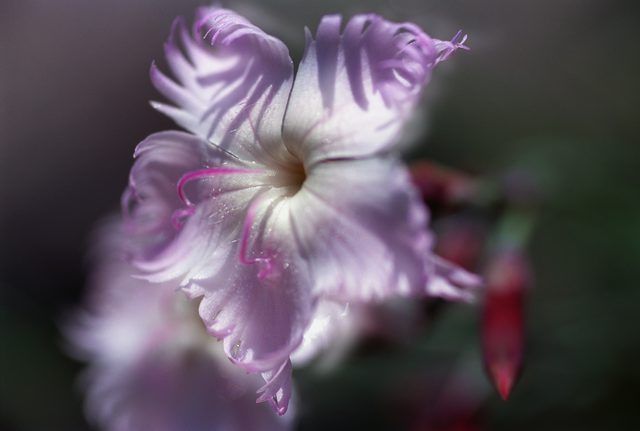Bulbs
Flower Basics
Flower Beds & Specialty Gardens
Flower Garden
Garden Furniture
Garden Gnomes
Garden Seeds
Garden Sheds
Garden Statues
Garden Tools & Supplies
Gardening Basics
Green & Organic
Groundcovers & Vines
Growing Annuals
Growing Basil
Growing Beans
Growing Berries
Growing Blueberries
Growing Cactus
Growing Corn
Growing Cotton
Growing Edibles
Growing Flowers
Growing Garlic
Growing Grapes
Growing Grass
Growing Herbs
Growing Jasmine
Growing Mint
Growing Mushrooms
Orchids
Growing Peanuts
Growing Perennials
Growing Plants
Growing Rosemary
Growing Roses
Growing Strawberries
Growing Sunflowers
Growing Thyme
Growing Tomatoes
Growing Tulips
Growing Vegetables
Herb Basics
Herb Garden
Indoor Growing
Landscaping Basics
Landscaping Patios
Landscaping Plants
Landscaping Shrubs
Landscaping Trees
Landscaping Walks & Pathways
Lawn Basics
Lawn Maintenance
Lawn Mowers
Lawn Ornaments
Lawn Planting
Lawn Tools
Outdoor Growing
Overall Landscape Planning
Pests, Weeds & Problems
Plant Basics
Rock Garden
Rose Garden
Shrubs
Soil
Specialty Gardens
Trees
Vegetable Garden
Yard Maintenance
How to Grow Dianthus
Dianthus is a large genus containing many popular carnation-type flowers including pinks and sweet Williams. The easy-to-grow plants need little maintenance.

The name dianthus comes from the Greek words for "flowers of the gods" which gives a hint of how appreciated this huge genus has been by gardeners through the ages. Easy to grow and drought tolerant, dianthus (Dianthus spp.), often called pinks, can be annuals, perennials or biennials. They thrive in rock gardens and sunny borders or sprout from cracks in brick walls, offering bright, pretty blossoms above gray-green foliage. Planted appropriately, in U.S. Department of Agriculture plant hardiness zones 3 through 9, they require very little effort to grow.
Flowers of the Gods
Pert and often pink, dianthus flowers rise a few inches or a few feet above the tight mats or mounds of leaves they form. The blossom petals' ruffled edges make them look as if a child cut them out with pinking shears. The species have been mixed by nature and cultivators alive, and myriad hybrids and cultivars exist, each offering a charm of its own. A broad palette of hues is available in commerce, including solid reds, whites, blues and pinks, but also in mixed colors, some edged in a paler shade, some with "eyes" or streaks of contrasting shades. These plants flower generously from early spring through summer.
Tip
Many annual species reseed themselves merrily in the garden, so don't be surprised to see them reappear year after year, just like the perennials.
Growing Dianthus
Things You'll Need
Spade or shovel
Organic compost
Organic mulch
Pruners
Denatured alcohol
Step 1
Select a site for your dianthus with slightly alkaline, well-draining soil and direct sunlight. The plants accept and grow in partial shade, but the blooms are more generous and vivid with 6 or more hours of direct sun per day. Before planting, work the soil with a spade or shovel to 12 inches, then mix in 2 inches of organic compost.
Step 2
Space dianthus between 6 and 12 inches apart. The distance depends on whether the plant is a dwarf species or one of the taller, mat forming species.
Step 3
Water the dianthus plants on a regular basis throughout the summer season. They need about 1 inch of water per week, whether from rain or irrigation.
Step 4
Layer several inches of organic compost on the soil around the dianthus plants in the spring. This is the only fertilizer required. Top this with 2 inches of organic mulch, keeping it well away from plant foliage. Mulch again just before the first freeze of winter.
Step 5
Sterilize your pruners with a solution of half water, half denatured alcohol and clip off flower heads as they wilt. Deadheading encourages new blossoms to form. Shearing down mound-forming foliage after the plant flowers also encourages new flowers.
Dianthus Species to Try
Despite the hundreds of species of dianthus that exist in the world, only a handful are practical and available for gardeners. Here are a few to try:
Sweet William (Dianthus barbatus)is a biennial dianthus that thrives in USDA zones 3 through 9. The plant grows fast and usually has a delightful odor.
Eastern Star (Dianthus x hybrida "Eastern Star") is a stunning dianthus with ruby petals and a dark center that grows to 12 inches high in USDA zones 3 through 9.
"Sweetness" (Dianthus plumarius "Sweetness") grows low and tufty, and is a great cottage garden flower in USDA zones 4 through 9.